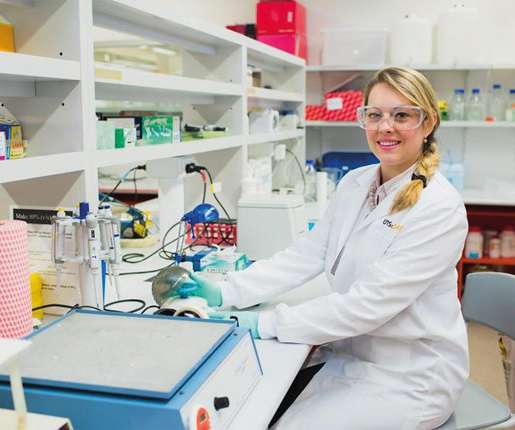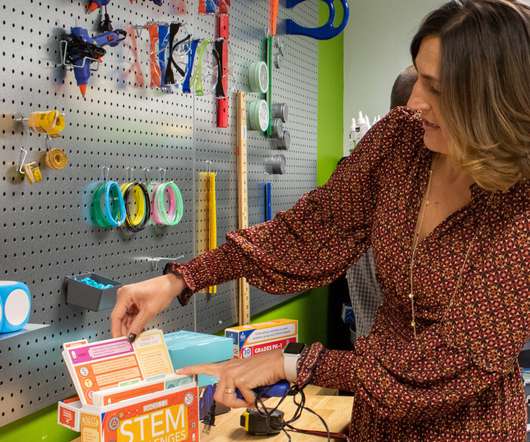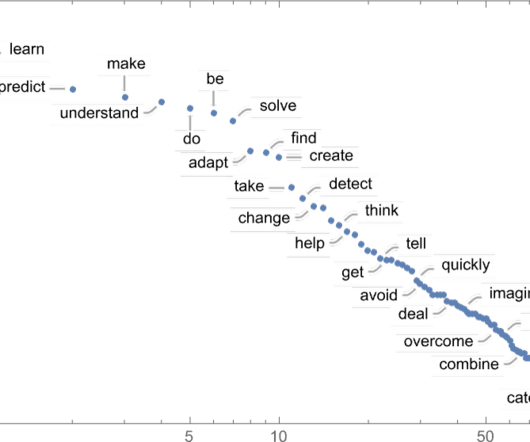On the frontline of the biomedical revolution
Futurum
FEBRUARY 7, 2023
Looking forward Jin’s team is currently investigating the fine but critical details of cellular science. “My My team is trying to understand how cells function, how they metabolise, and how the organelles within cells work together and communicate with one another,” he says. “In I think I’ve achieved a lot.











Let's personalize your content